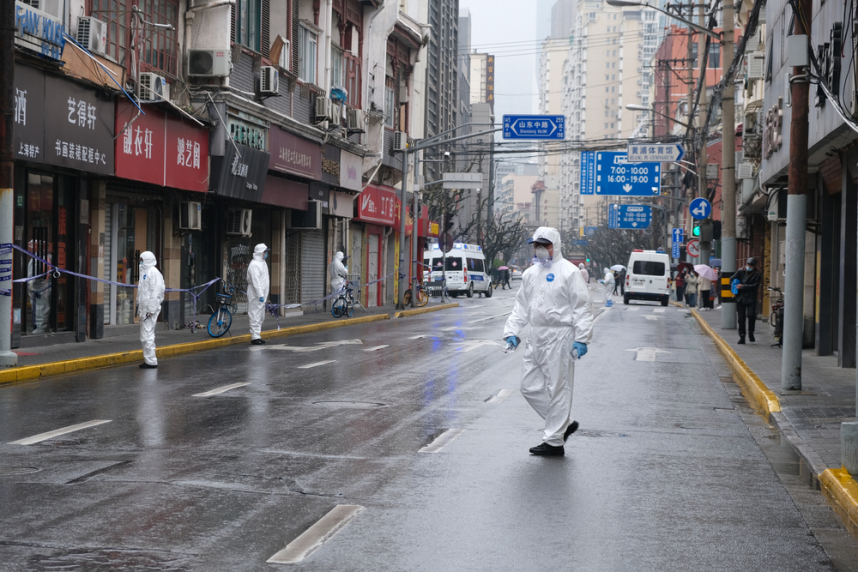
Nearly three years into the pandemic, China is sticking with a strict COVID-19 containment policy that has caused mounting economic damage and widespread frustration, while keeping its borders shut for most international travel.
China has yet to describe when or how it will begin to exit from an approach that it calls "dynamic zero".
Here are key facts on China's zero-COVID policy:
WHAT IS ZERO-COVID?
China says it recognizes domestic outbreaks are inevitable, and its policies are not geared towards having zero cases at all times but instead, are about "dynamically" taking action when cases surface.
Dynamic zero is two-pronged - prevention and containment. This year has seen the intensification of both aspects as the highly transmissible Omicron variant spread across China.
Prevention focuses on early detection through regular PCR tests, especially in cities, where a recent negative result can be a requirement to enter a business or public facility.
Potential or suspected cases are isolated at home or placed under quarantine at a government-supervised facility.
Those deemed in close contact with infected people must quarantine, and even distant or potential contact can result in an order to stay home.
Control tactics, aimed at swiftly cutting off transmission chains to forestall outbreaks, involve quarantining cases at government-supervised facilities and locking down buildings, communities, or even entire cities.
Since March 2020, China's borders have remained shut to most visitors. Arrivals of all nationalities are subject to seven days of quarantine at a facility and three days of home isolation.
IMPACT ON DAILY LIFE
Each person's PCR test result is electronically logged on government databases, as well as one's travel history, which is tracked by mobile phone signals.
People must keep a "normal" COVID profile with continual negative test results, no contact with infected people, and no visits to risky places. Profiles are maintained on a mobile phone "health kit".
An abnormal profile bars access to public venues and mass transit, and can even require home quarantine for days with electronic seals attached to doors to enforce isolation.
Profiles can without warning turn abnormal - indicated by a change in color or the dreaded appearance of a pop-up window - if one was at a mall visited by an infected person or if one was in contact with a close contact. Sometimes profiles become abnormal even if all the requirements are met.
Visits to other cities or provinces may require quarantine on arrival.
WHAT IS A LOCKDOWN, AND WHAT TRIGGERS IT?
Lockdowns, which can be at the building level or much wider, can be sudden.
A single case can trigger the lockdown of a building or residential compound, which means people cannot leave. Some lockdowns have lasted for months.
Entire cities can be locked down with only hours of notice.
Big cities that have been shut, sometimes more than once, include Shanghai, Xian, Chengdu, Tianjin, Shenzhen, and even entire provinces and regions such as Xinjiang, Tibet, and Jilin.
WHY NOT COEXIST WITH COVID?
China argues that its policy saves lives.
The authorities acknowledge Omicron is far less likely to cause serious health issues but say its high transmissibility means large outbreaks would lead to a run on medical resources and expose vulnerable groups, including hundreds of millions of elderly people.
China's official death toll had stayed near just 4,600 since 2020 until more than 560 fatalities struck Shanghai in April and May, spurring other cities to further enhance their COVID defenses.
Chinese health authorities predicted last month that for every 100,000 infections there would be at least 100 deaths.
WHAT ABOUT VACCINATIONS?
China has yet to approve any foreign vaccines or any domestically made shots based on mRNA technology.
Authorities have also not pushed for a quicker pace of vaccination this year, compared with a big vaccination campaign in 2021.
As of Tuesday, 3.44 billion doses had been administered, with over 90% of China's population fully vaccinated. But only around 60% of the general population has received booster shots. About 80% of those aged 60 and above have had additional doses.